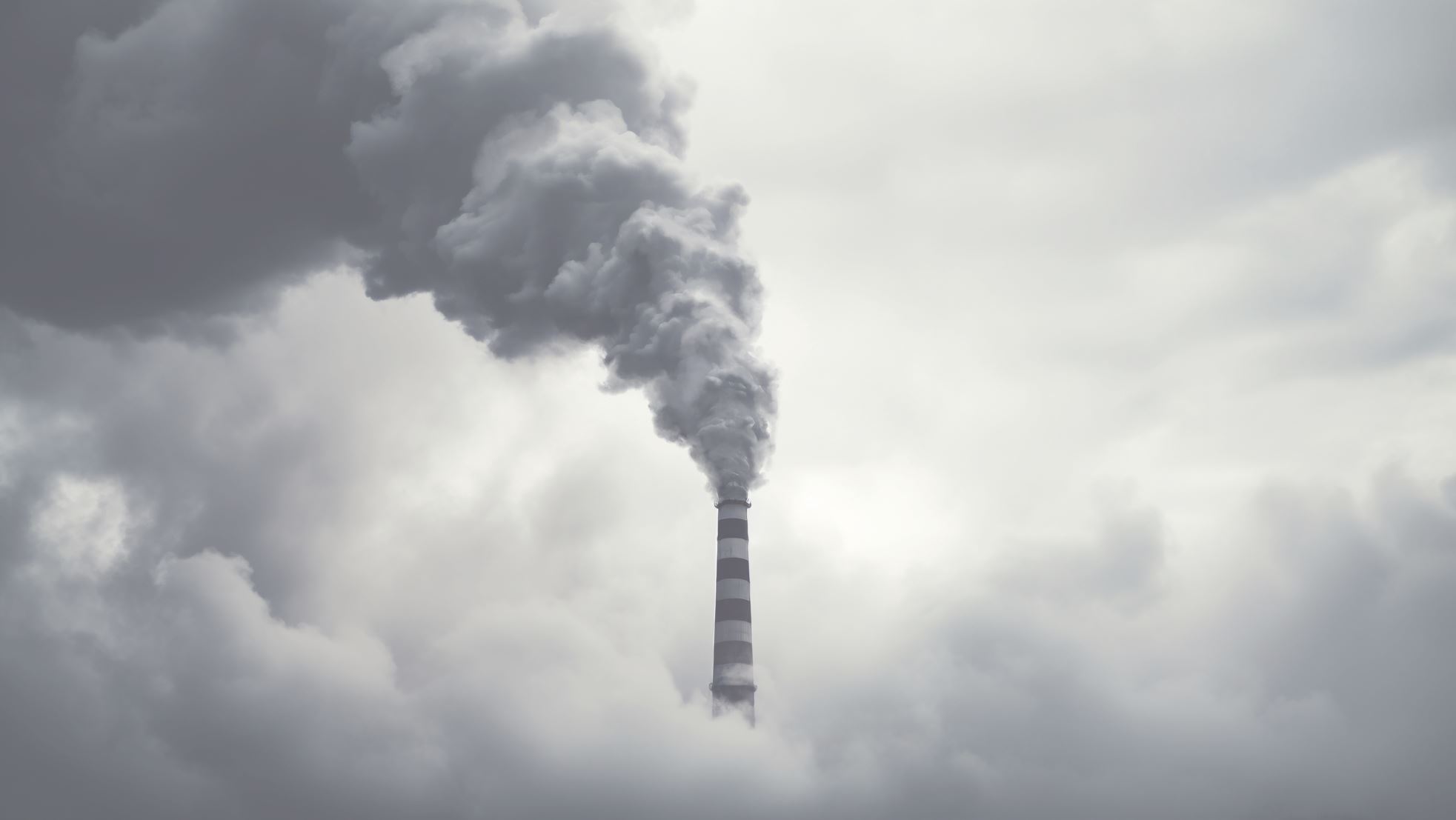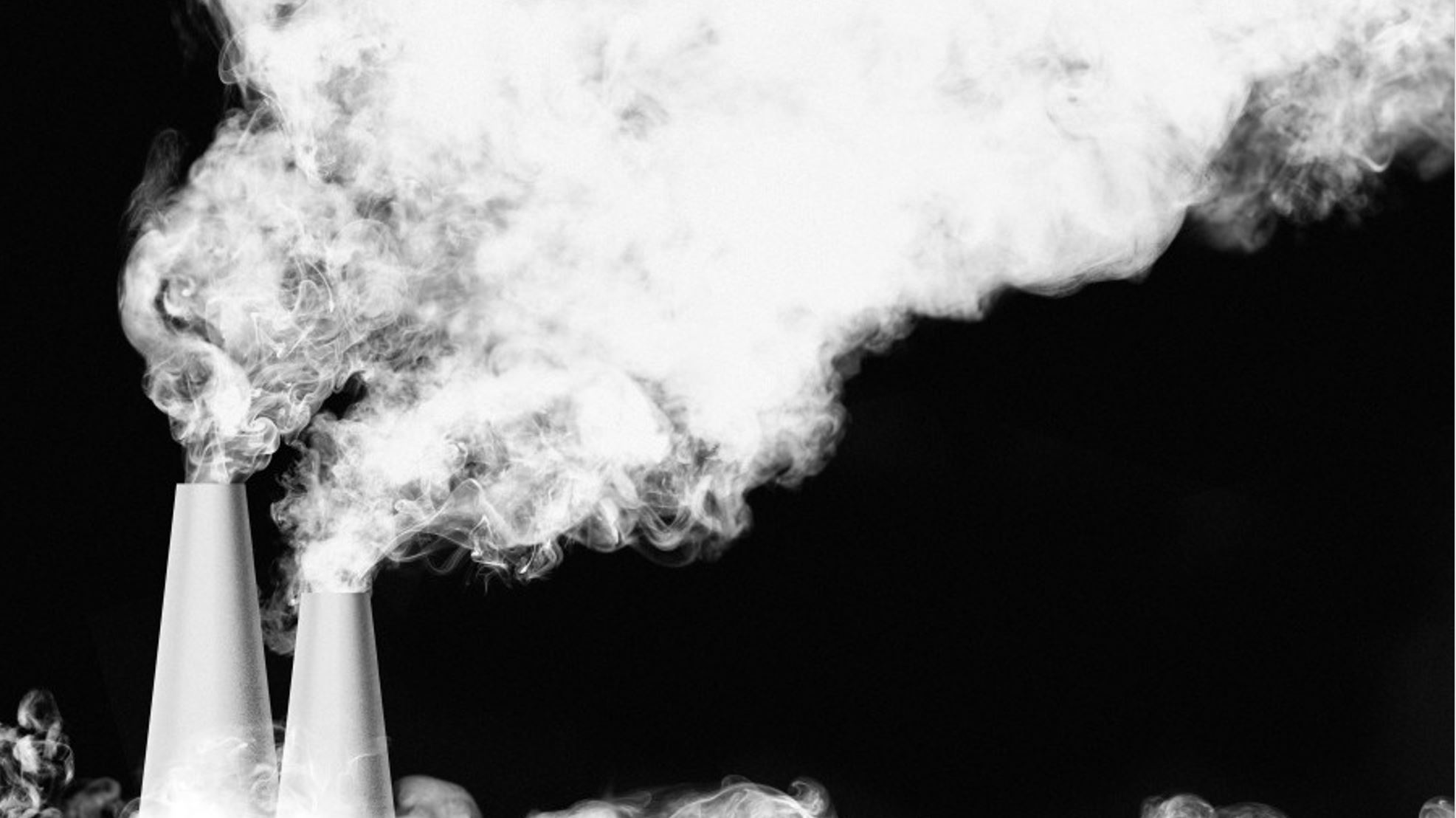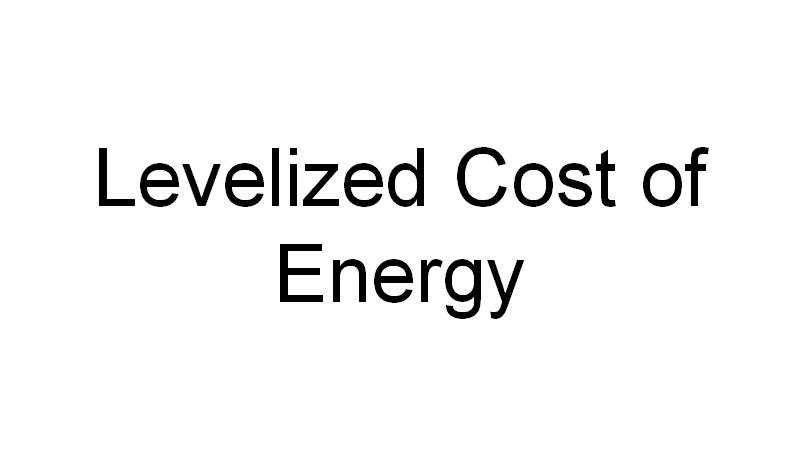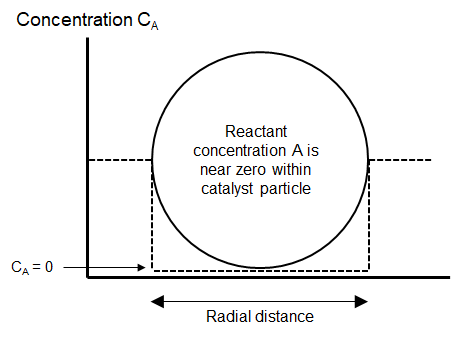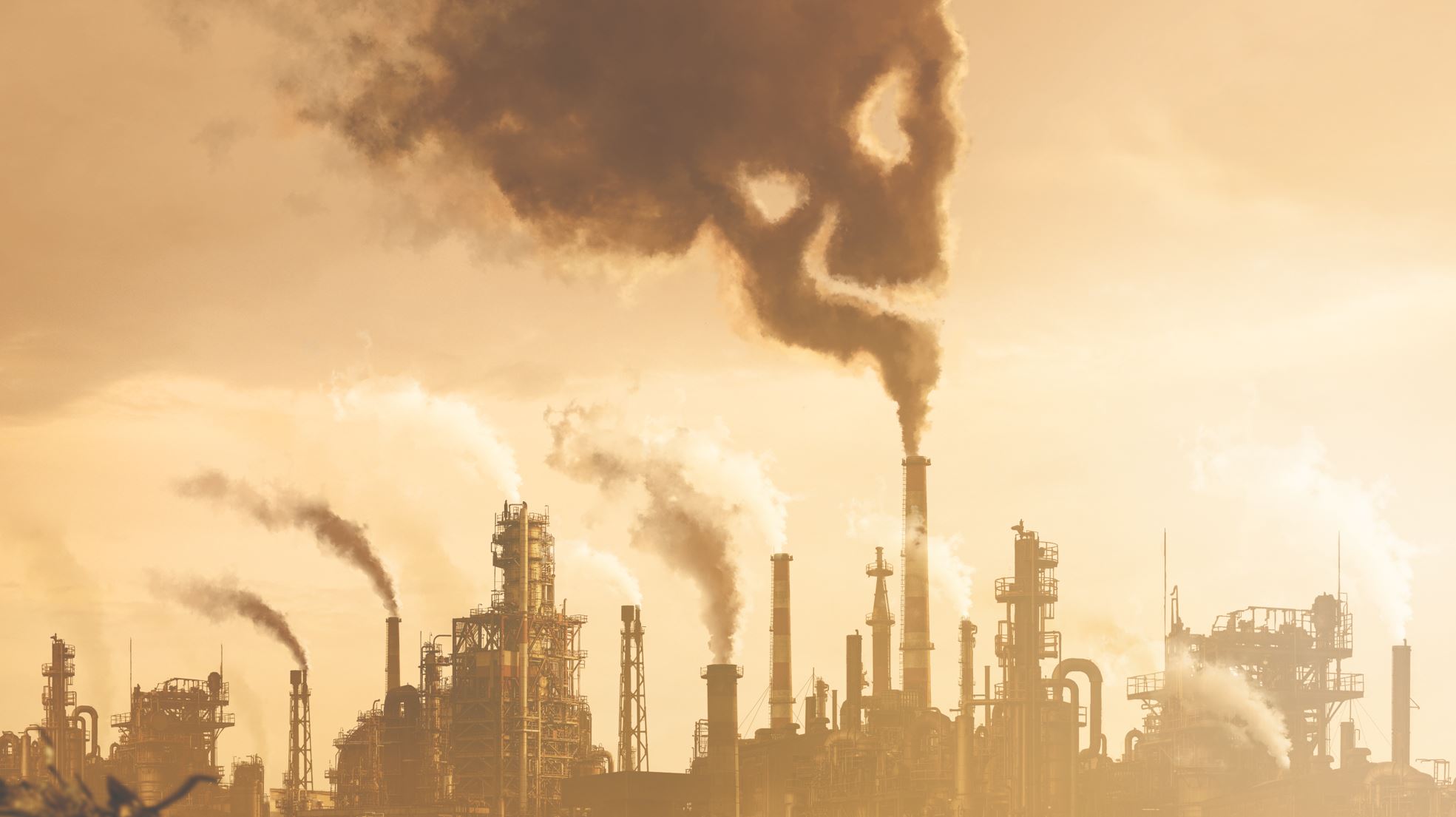

To ensure the success in catalyst development, the business direction and engineering design must be known clearly from the very beginning. Company must provide a framework of technology in terms of economic performance index to allow reasonable investment in order to achieve desirable project benefit. The engineering support team must understand how to play with process parameters starting from the initial development phase to the final phase when designing the pilot and commercial scale. The figure (https://www.linkedin.com/pulse/death-valley-brand-new-technology-development-bamrung-sungnoen/) clearly shows that a high degree of freedom of process parameters can easily be found at the laboratory scale. To quickly conquer the loop, the development team must be able to frame critical parameters as allowable minimum or maximum values due to numerous process constraints based on commercial perspectives.
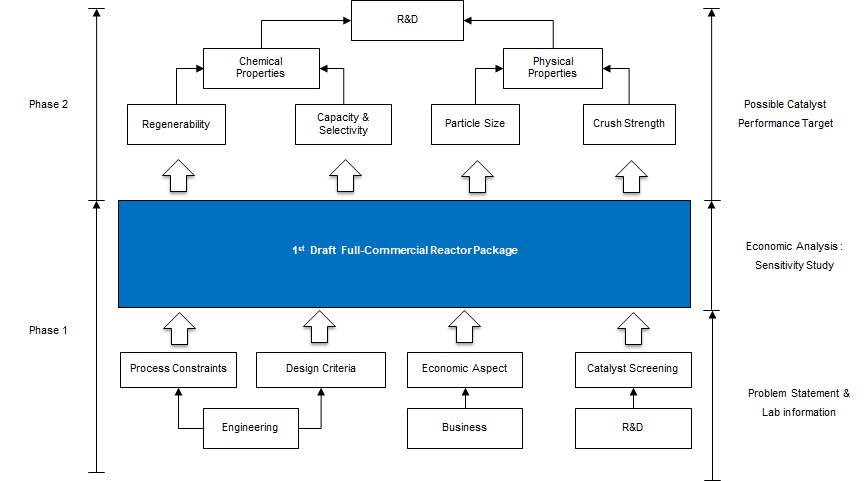
As illustrated in above figure, the effective range of performance targets of brand-new catalyst for the development researchers is to be completed in two phases of development under the proposed methodology. In the first phase, the overall configuration and dimensions of the commercial reactor are estimated with the aid of order-of-magnitude cost estimation, which are based on existing performance of catalyst candidates in lab scale and design criteria of a commercial unit. As a result, the parameters with high degree of design freedom can be earmarked and suitably confined at this stage with small costs involved. The second phase is essentially a sensitivity study to determine the possible performance targets. In brief, numerous design cases of commercial reactor are calculated and compared to identify influential decisions coming from the previous phase. To make decisions on performance targets, the upper and lower limits of the project’s return benefits are to be investigated.



